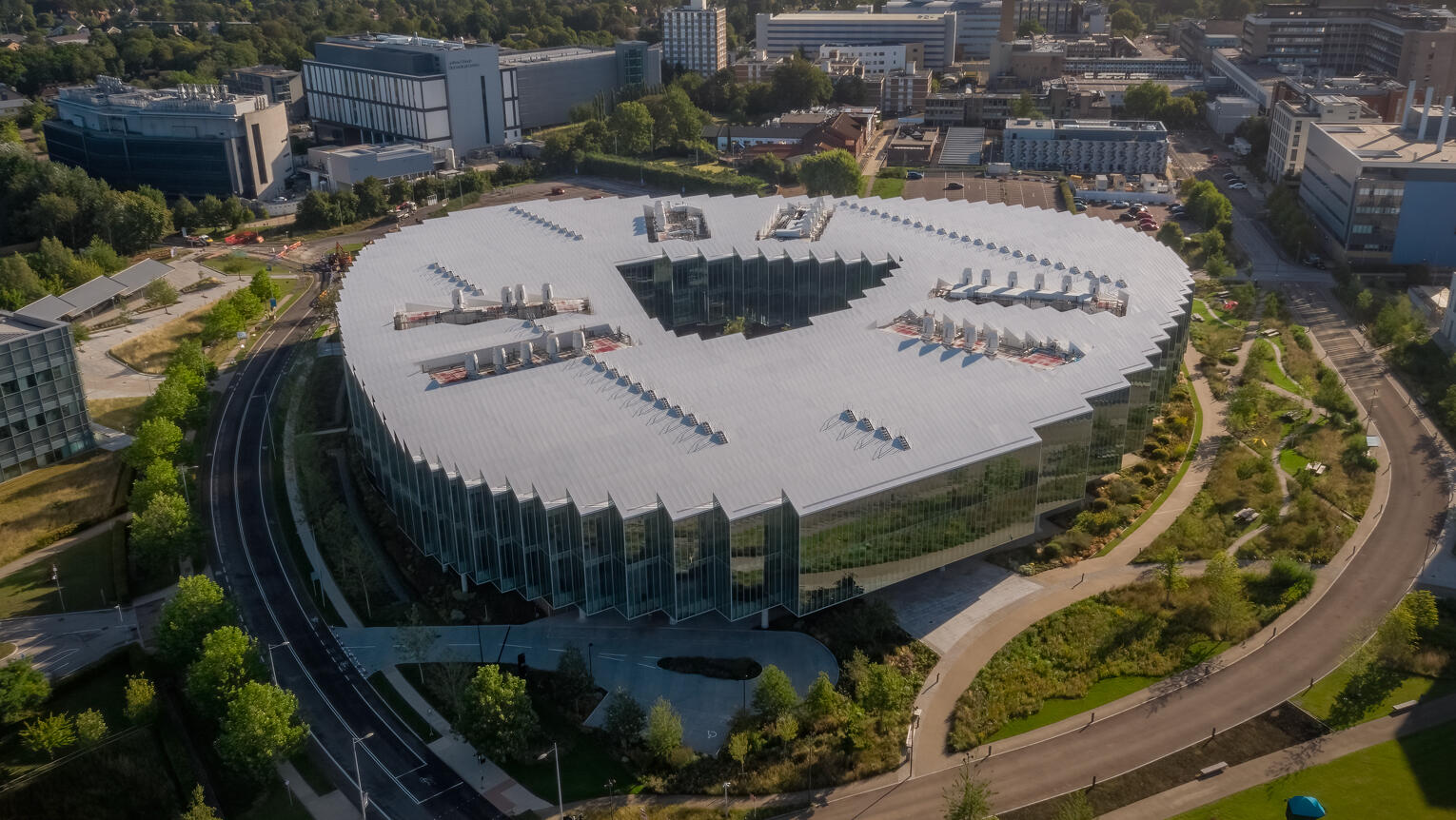United States President Donald Trump's trade policies seem to have weaponised AstraZeneca into committing US$50 billion to U.S. manufacturing - the biggest pharma investment America has ever witnessed in reshoring critical drug production from overseas.
The pharmaceutical giant expects to generate 50% of its projected $80 billion revenue from U.S. operations by 2030.
Virginia's manufacturing epicentre
The cornerstone investment targets a multi-billion dollar Virginia facility producing drug substances for AstraZeneca's weight management and metabolic portfolio.
The pharma giant's state-of-the-art centre will manufacture small molecules, peptides and oligonucleotides, including oral GLP-1, baxdrostat and combination therapies.
Virginia Governor Glenn Youngkin said the project will set the standard for pharmaceutical manufacturing tech advancements
The project will be "creating hundreds of highly skilled jobs and helping further strengthen the nation's domestic supply chain,” Youngkin said.
"Advanced manufacturing is at the heart of Virginia's dynamic economy, so I am thrilled that AstraZeneca, one of the world's leading pharmaceutical companies, plans to make their largest global manufacturing investment here in the Commonwealth.”
The facility leverages AI, automation, and data analytics to optimise production, positioning AstraZeneca ahead of competitors who are embracing Industry 4.0 manufacturing.
Coast-to-coast expansion growth
Beyond Virginia, the commitment spans multiple other states with strategic focus areas.
Maryland gains expanded R&D facilities in Gaithersburg, plus next-generation cell therapy manufacturing in Rockville.
Massachusetts receives a state-of-the-art R&D centre in Kendall Square, cementing Boston's biotech leadership.
And California, Indiana and Texas will see manufacturing expansions targeting continuous production, specialty drugs and clinical trial supplies.
Geographic spread insulates AstraZeneca from regional disruptions while tapping diverse talent pools across America's pharmaceutical corridors.
Good for the long run
Commerce Secretary Howard Lutnick credited Trump's tariff strategy with ending decades of foreign pharmaceutical dependence.
The investment will create tens of thousands of direct and indirect jobs, while making sure medicines sold domestically, get produced domestically.
The timing aligns with Washington's "America First" pharmaceutical policies, potentially smoothing regulatory pathways for AstraZeneca's 20 new medicine launches by 2030.
America currently makes up ~42% of AstraZeneca's total revenue, with the company targeting 50% by 2030.
European pharmaceutical giants the likes of Roche, Novartis and Sanofi now face mounting pressure to match AstraZeneca's domestic investment - or risk market share erosion after being hit with tariffs.



